
Our goal with every issue of NJ HOME (and every newsletter like this one!) is to show you some seriously gorgeous rooms and homes designed by professionals in New Jersey—essentially, the “after” of the before and after that will serve as inspiration for your own space. But what we don’t always talk about is the process itself of doing a renovation or redesign, which tends to be difficult, but is always worth the struggle (and money spent) once the project is completed.
In Pretty Good House: A Guide to Creating Better Homes (Taunton Press, 2022), the authors—two architects (Chris Briley and Emily Mottram), a designer (Michael Maines) and a building contractor (Dan Kolbert)—share their tips for building or reconstructing a house the right way, preferably within a reasonable amount of time and without going a considerable amount of money over budget. They also focus on being as environmentally friendly as possible during the process.
Here, we highlight seven of the authors’ emerging trends in design and renovation (things you probably wouldn’t think about when beginning your own project), and asked three New Jersey pros—two designers, one architect/builder—to also weigh in.
Be aware of longer lead times
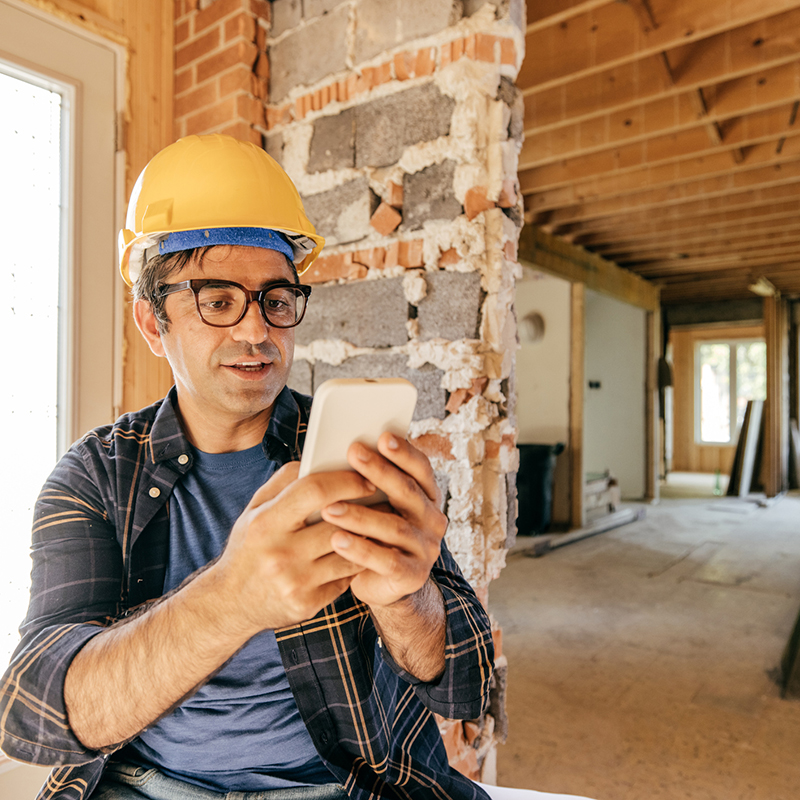
You’ve heard about the delays in product availability and shipping in all aspects of life since the pandemic, and home reno is no different. Though lead times are improving slightly, says Jessica Fischer, designer at JFD Creative in Rumson, the average is still about 12–16 weeks. Give yourself time to plan and order all the materials that you need, and don’t get too attached to any one product in case it’s not available. Fischer also recommends shopping antique or online at stores like 1stdibs.com and then refurbishing a vintage item to give it bespoke appeal. “This cuts down on the lead time and gives you that customized and designed feel without having to wait six months,” she notes.
Figure out how you’ll utilize the space
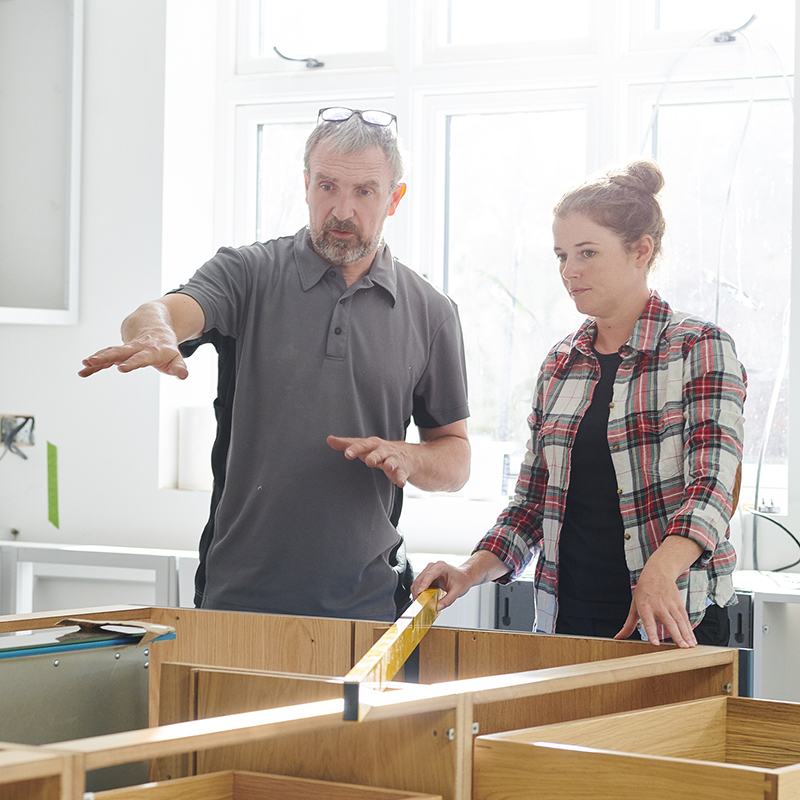
So often we’re focused first and foremost on the aesthetics of a room, but really, says Fischer, the first priority should be its functionality. “I always ask my clients to show me the circulation path they’re taking in a room, and if it bothers them, that leads the direction of the design,” she says. “How they want to use the space is the biggest indicator of what’s going to happen [with the design].”
Step outside the box with design

In addition to considering how a room will be used rather than just what it’ll look like, find ways to go against the grain to make your project uniquely yours. For example, says Allyson Rich-Morren of A&R Interiors in Denville, think about storage in new ways when renovating a kitchen. “Things to consider include full-length bifold doors and fronting shallow shelves in a pantry, which allow for full view of items and easy access,” she notes.
Keep air quality in mind

These days, people are building homes with better filters and ventilation to protect themselves from outdoor pollutants such as wildfire smoke and spring pollen, but “considerable attention should be placed on how the house will be getting fresh air,” says Rosario Mannino of RS Mannino Architects + Builders in Rutherford. “The most common solution in our area is an ERV system (energy recovery ventilation), which exhausts some of the inside air in exchange for fresh, filtered and conditioned air,” says Mannino. “They’re extremely efficient, meaning you’re not burning more gas or electric to heat this fresh air, thus keeping your utility bill lower.” A good architect will help educate their client on the importance of air quality.
Install airtight and soundproof insulation
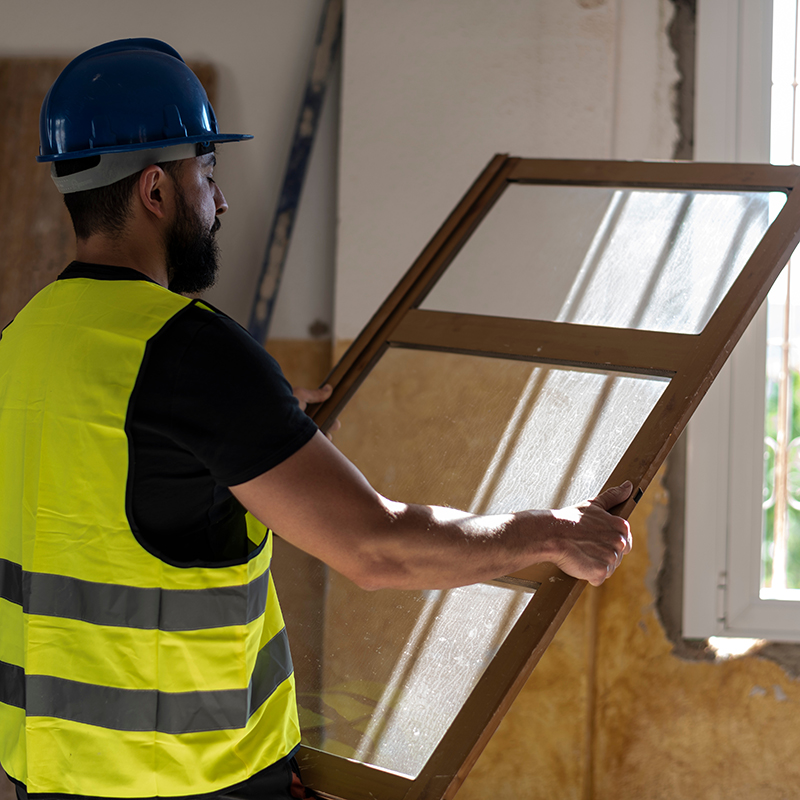
Many homeowners find that soundproof insulation is a worthwhile investment because it blocks noises from outside the home, as well as prevents sounds and voices from carrying from one room to another. This can improve sleep in the short term, and improve your property value in the long term, for starters. But airtight insulation has financial benefits too. “The tighter the home is, the more you can control the efficiency of your energy bills,” Mannino notes. “If less conditioned air is escaping, the less your air conditioner needs to run, which in turn, helps your energy bill and is saving the planet by using less fossil fuels and other energy sources to condition your home.”
Be sensible about materials
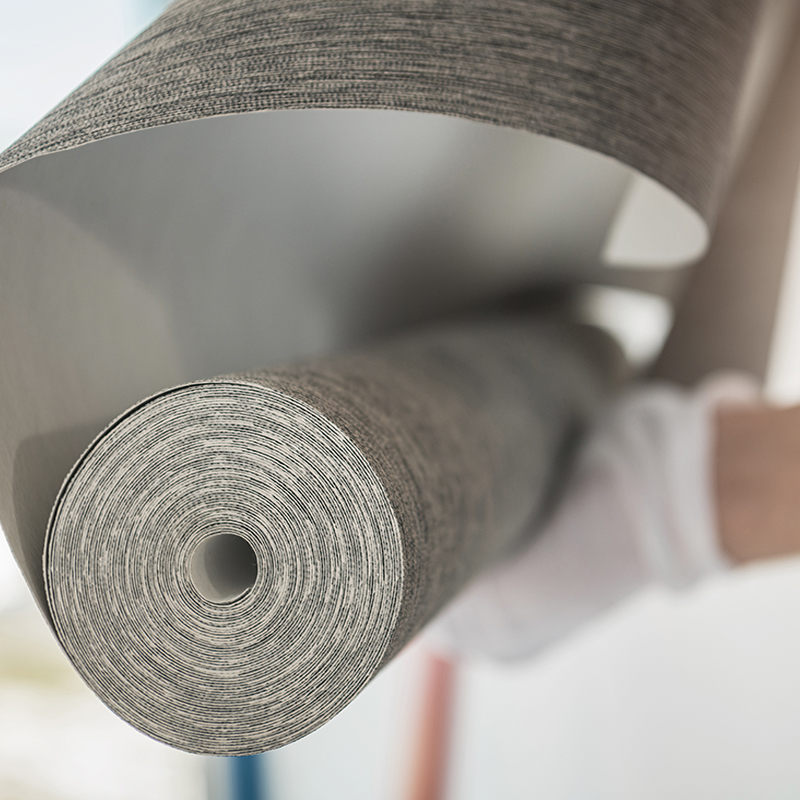
This point is two-fold. First, choose fabrics and materials available closer to home, which is more cost-effective and more efficient. “You’re cutting down on the transportation and being more aware of the environment if your item doesn’t need to be shipped from overseas,” Fischer notes. Next, consider American-made materials as well so you know exactly what you’re getting, urges Rich-Morren. “These products require labels showing you what’s being fabricated, for example, 100 percent cotton or a blend,” she says. “This assures you there is quality control.”
Consider accessible design
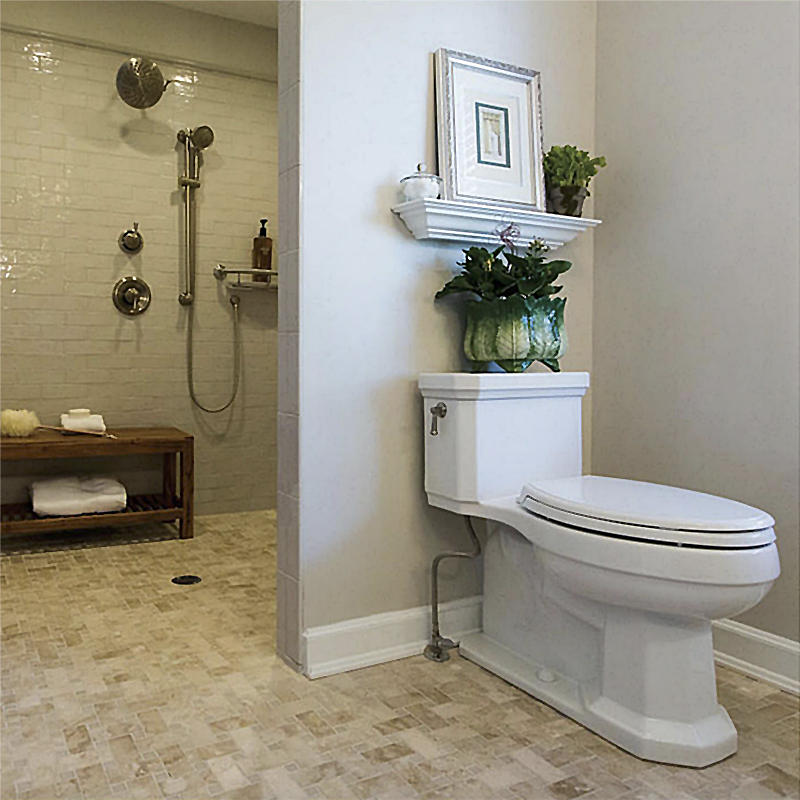
If you think you may have your elderly relatives moving in with you in the future or you see yourself growing older in your current home, consider an “inclusive” design, which is defined as designing for everyone regardless of age or ability. “One way to offset rising real estate costs is to have your older parents move in with you,” Mannino notes. “In-law suites are almost always a discussion in most of our projects, and in order to accommodate them we must consider aging in place.” And you don’t need to compromise on style to make your home more accessible. Some considerations are wider openings at entry points of the home and a living space all within the ground floor with limited or preferably no stairs, says Mannino, in addition to zero-step entrances and kitchen and bathroom countertops with varying heights.
What else should fellow homeowners consider before undergoing a home reno project? Share your tips on Instagram @njhomemag.